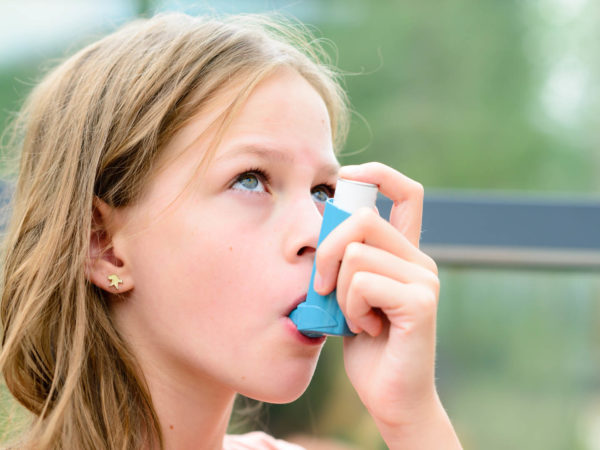What Is Climate Change Doing to Health?
Is global warming having any effect on human health? I read that diseases like COPD, asthma and allergies are on the rise as a result. What other health effects can we expect?
Andrew Weil, M.D. | May 18, 2015

Some physicians have noted increases in the severity of respiratory diseases such as COPD, asthma and allergies that they attribute to climate change. This information comes from a national survey conducted by the American Thoracic Society, a professional organization of physicians, researchers, nurses and other health professionals focused on respiratory diseases. Of those responding to the survey, 77 percent linked their patients’ more severe health problems to air pollution stemming from wildfires or high ozone levels in urban settings. In addition, 58 percent of the respondents saw worsening allergic symptoms due to exposure to plants or mold.
In an editorial accompanying the report of the survey results, pulmonologist Mary B. Rice, M.D., of Boston’s Beth Israel Deaconess Medical Center wrote that the findings are in line with a growing number of observational studies showing that patients with respiratory disease are particularly at risk for complications resulting from climate change. She cited proposals from the U.S. Environmental Protection Agency to reduce carbon dioxide emissions of power plants by 30 percent by 2030 as a means of lessening the impact of climate change on health.
Apart from the increase in the severity (and projected increased incidence) of respiratory illnesses, the U.S. Centers for Disease Control and Prevention (CDC) reports that climate change is expected to affect human health in a number of other ways:
More pneumonia and asthma. This is expected to occur as the result of flooding that brings water into buildings (as can happen during hurricanes and other severe rainstorms). The resulting mold contamination can worsen both of these conditions..
More Valley Fever: Dust storms associated with droughts can contribute to degraded air quality and increased incidence of coccidioidomycosis (valley fever) caused by a fungal pathogen prevalent in Arizona and California..
More diarrheal diseases: These can occur more frequently in conjunction with high and low precipitation including rapid snowmelt. More waterborne illnesses and beach closures are expected in the Great Lakes region due to changes in precipitation and increases in lake temperature..
Worse Nutrition: The nutritional value of some foods is projected to decline due to decreased plant nitrogen concentration, linked to elevated atmospheric levels of carbon dioxide. This means less protein in such crops as barley, sorghum and soy and reduced levels of calcium, iron, zinc, vitamins and sugars in all plants. In addition, the CDC reports farmers are expected to need to use more herbicides and pesticides to fight increased growth of pests and weeds, leading to more human exposure to these chemicals.
Andrew Weil, M.D.
Source:
Mona Sarfaty and Edward W. Maibach et al, "American Thoracic Society Member Survey on Climate Change and Health", Annals of the American Thoracic Society, Vol. 12, No. 2 (2015), pp. 274-278. doi: 10.1513/AnnalsATS.201410-460BC
Mary B. Rice "Climate Change at the Bedside? Observations from an ATS Membership Survey", Annals of the American Thoracic Society, Vol. 12, No. 2 (2015), pp. 245-246. doi: 10.1513/AnnalsATS.201412-590ED










